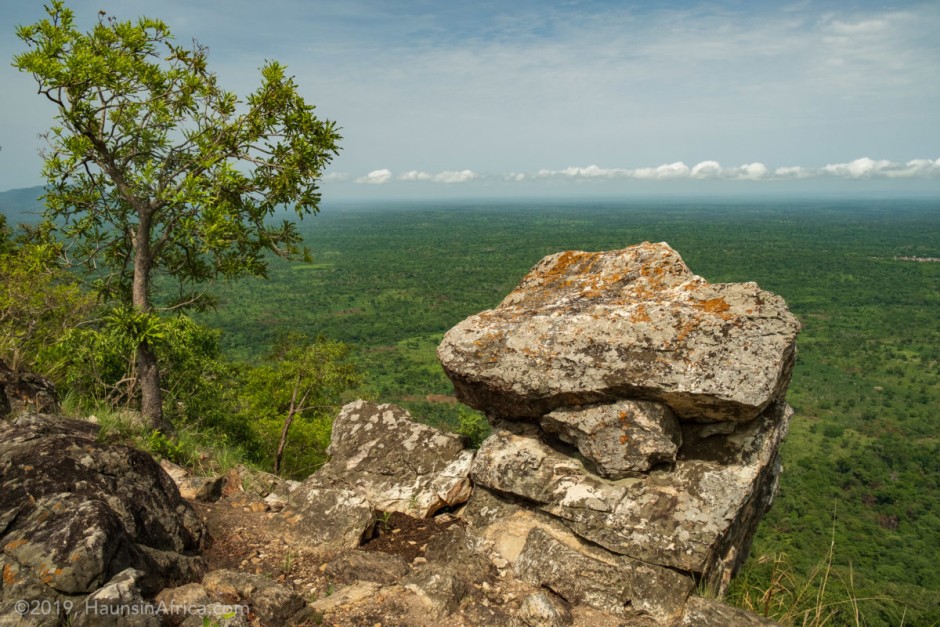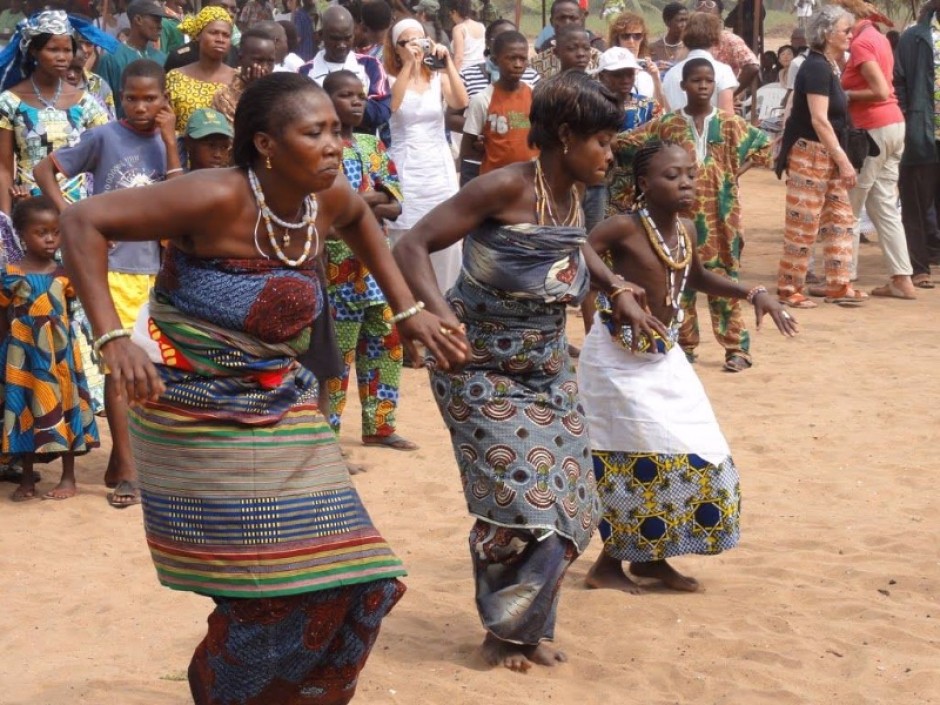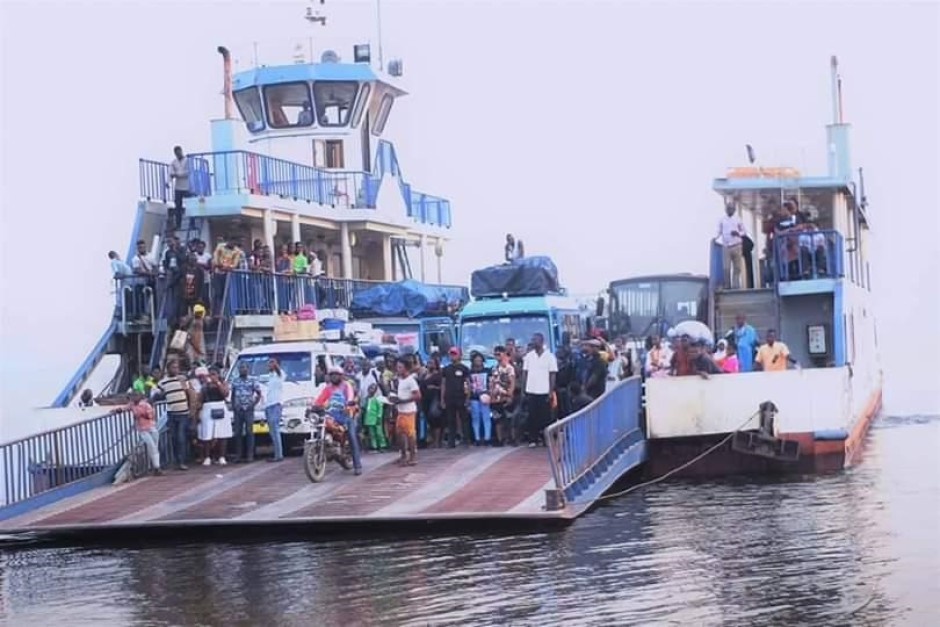Akatekyi Crocodile Pond: A Place...
September 29, 2025
Ghana, in its quest for regional development and effective governance, witnessed the birth of the Oti Region in December 2018. This new addition, carved out of the northern part of the Volta Region, fulfilled a campaign promise made by the New Patriotic Party. The visionary pledge to bring government closer to citizens found expression in the creation of the Oti Region, with its inauguration on May 14, 2019, and Dambai serving as its Regional Capital.
The roots of this transformative initiative trace back to the 2016 Ghanaian general election. Presidential candidate Nana Akufo-Addo, now President, pledged to explore the creation of new regions to enhance governance proximity. In fulfillment of this commitment, the Ministry of Regional Reorganization and Development, led by Hon. Dan Botwe, played a pivotal role in executing the plans for the creation of the Oti Region. The intricate process involved numerous deliberations with the Council of State, culminating in a referendum on December 27, 2018, where an overwhelming 88.33% of registered voters participated. The resounding approval of 98.64% paved the way for the region's establishment.

The Oti Region operates within the framework of the local government system, emphasizing representative governance. Comprising nine Municipal and District Assemblies (M/DAs), including four Municipalities and five District Assemblies, each unit is guided by a Chief Executive and a presiding member elected from among its members.
Bordered by the Northern region to the north, the Volta Region to the south, and the Volta Lake to the west, the Oti Region encompasses diverse landscapes. Its climate, influenced by its northern proximity, features a dry season from December to April and a wet season from May to November, with an average annual rainfall of 750 to 1050 mm. The region's vegetation comprises grassland, savanna, and clusters of drought-resistant trees, creating a unique ecological balance.

The Oti Region holds significant natural resource potential, with the Ghana Geological Survey Authority discovering substantial iron ore deposits in Akokrowa. Anticipated to contribute to job creation and wealth, this discovery underscores the region's economic promise.
Beyond its economic potential, the Oti Region boasts captivating tourist attractions. The Kyabobo National Park, situated in Nkwanta, safeguards wildlife and endangered species. Other notable destinations include Lake Volta, Breast Mountain in Chilinga, Chaiso Forest Reserve, and the Hanging Village in Shiare.

As the Oti Region unfolds its potential, it stands as a testament to the dynamism of Ghana's regional landscape. From the fulfillment of a longstanding desire for autonomy to the richness of its geography and natural resources, Oti embodies promise, identity, and the spirit of regional progress in Ghana's ongoing narrative.
September 29, 2025
September 29, 2025
September 26, 2025
September 18, 2025
September 18, 2025
September 4, 2025
September 3, 2025
August 28, 2025
August 19, 2025
August 8, 2025